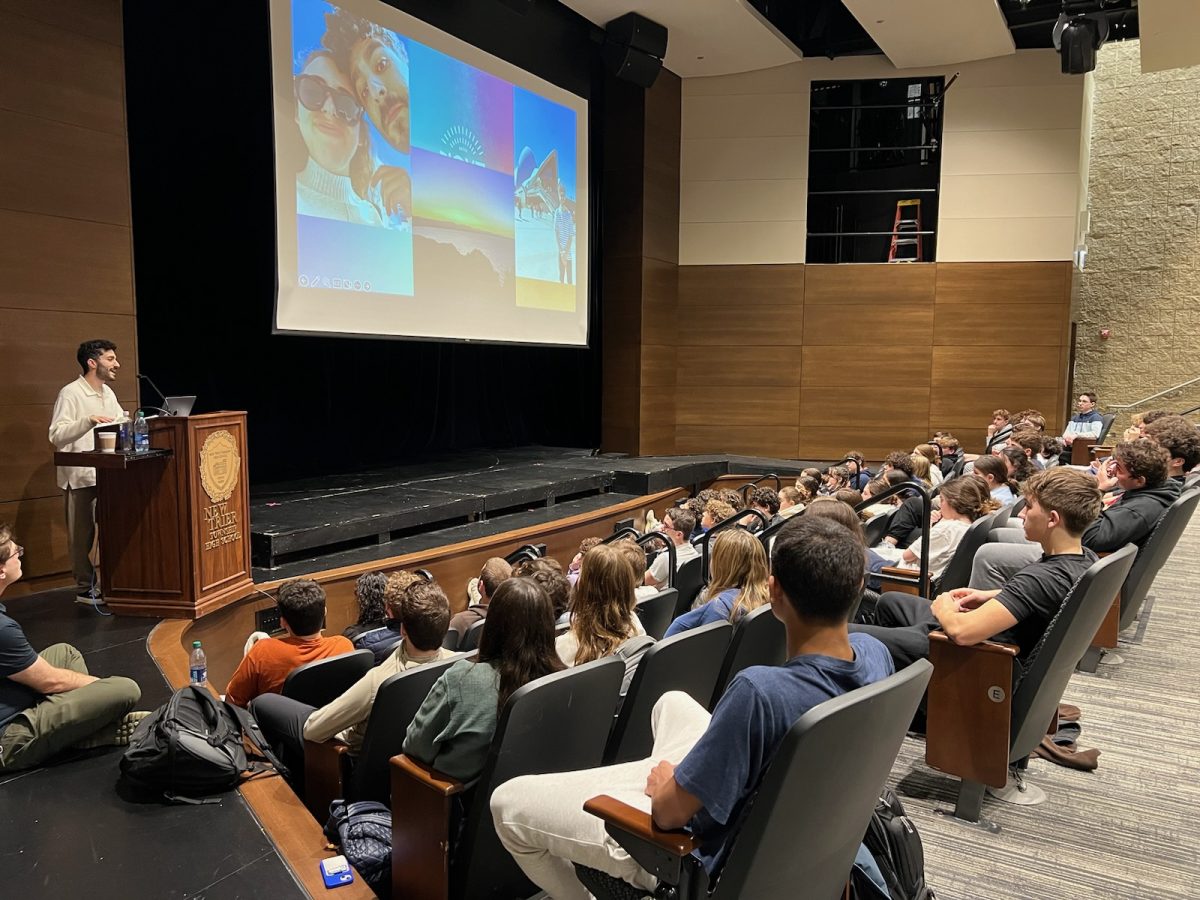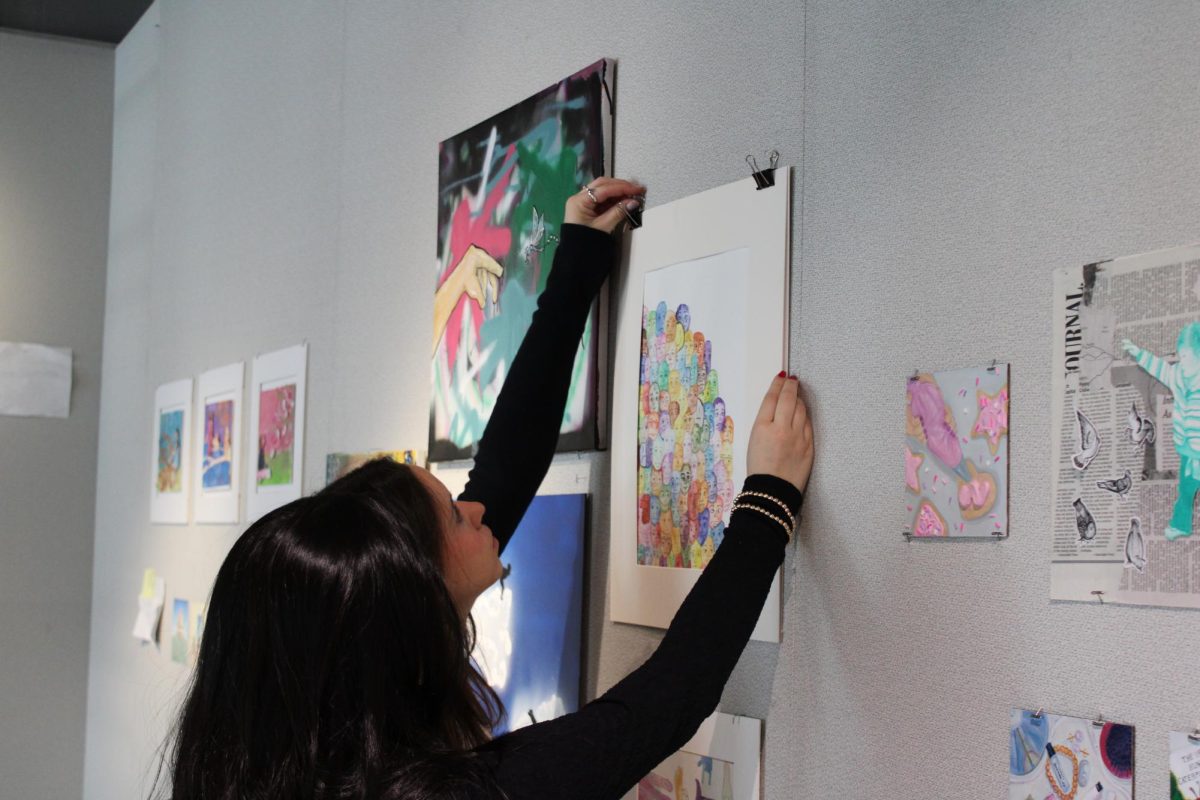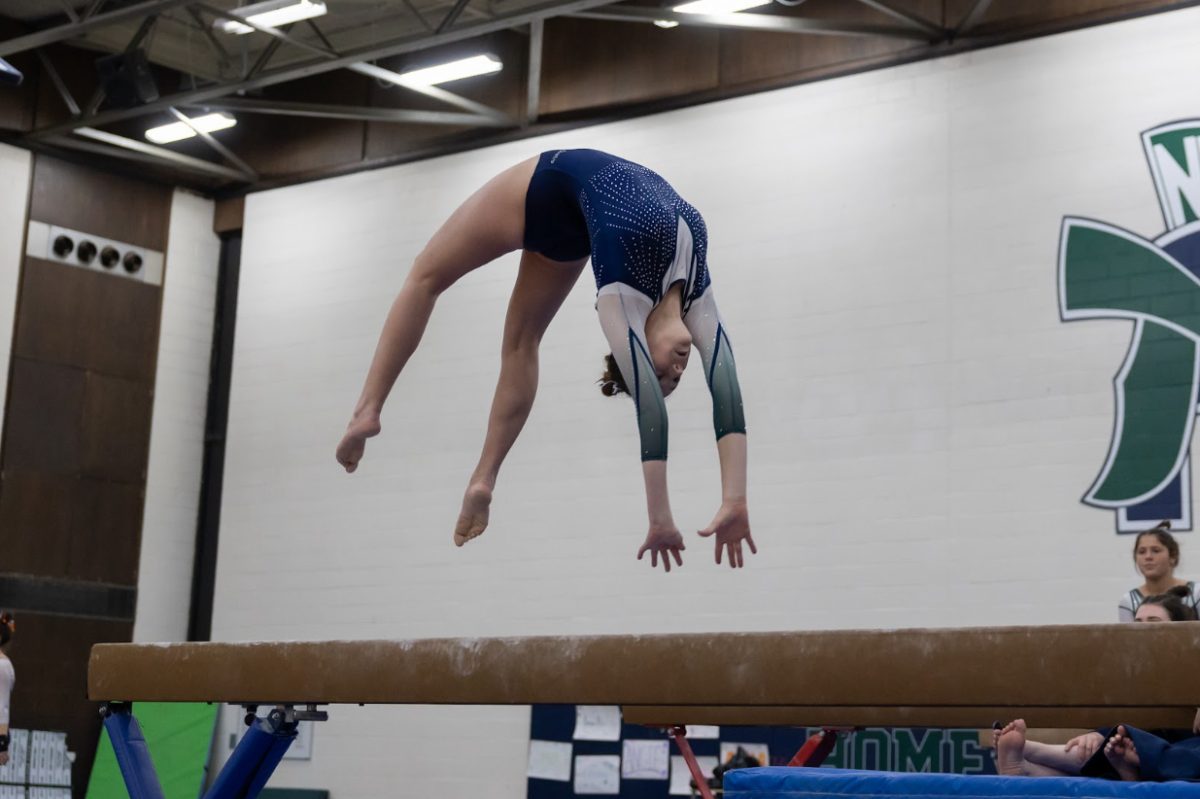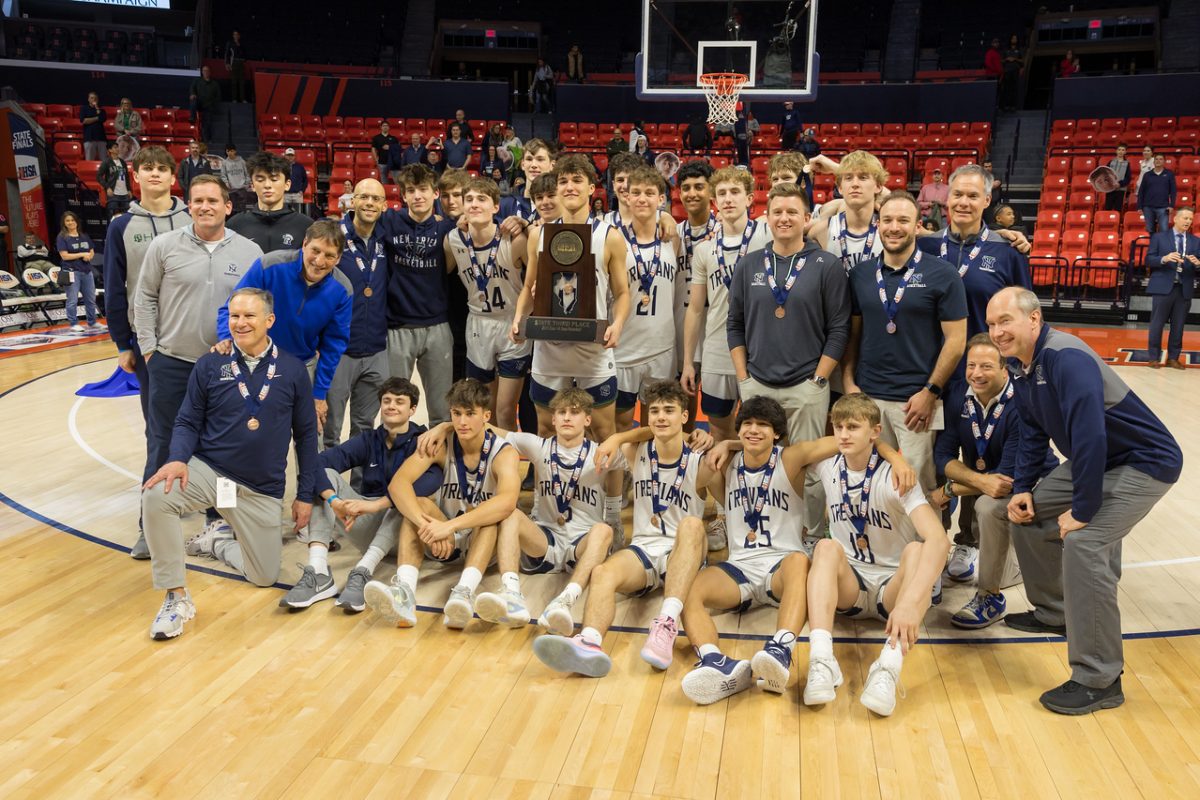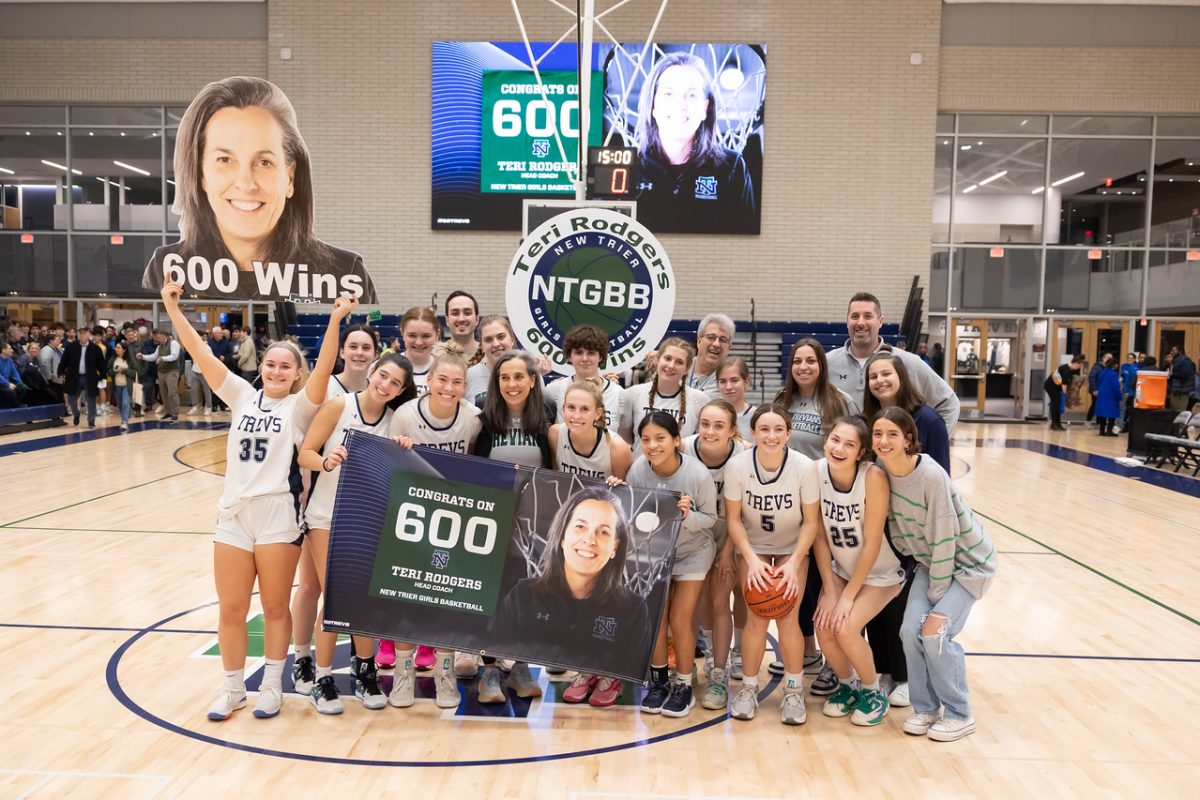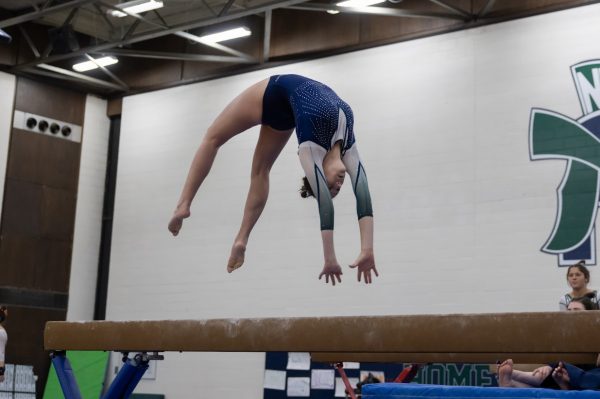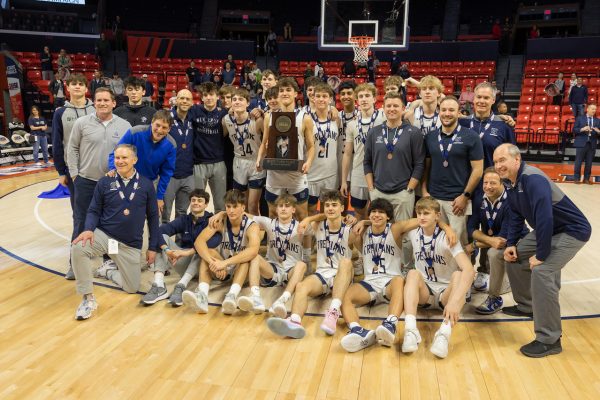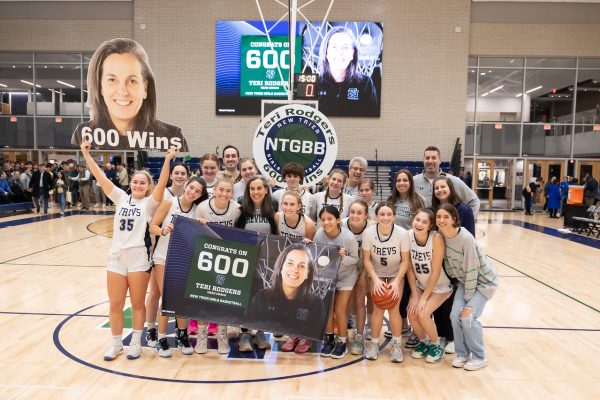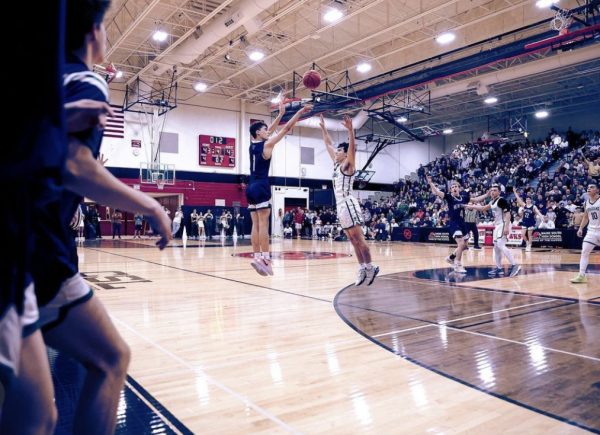Spirited athletic traditions encourage team bonding
October 8, 2016
In a big school like New Trier, with some sports supporting over 200 athletes, team traditions seek to create a tight-knit environment for participants of all levels.
Both during and outside of the season, many teams organize bonding activities, either with the whole sport or in smaller groups. Field hockey captain Isabelle Sennett described the team’s annual trip to St. Louis. “St. Louis is a 5 hour bus ride so we usually bring funny DVDs like Shrek and blankets and pillows,” she said. “Friday night we go to dinner at CPK and then play ‘Never Have I Ever’ in one of the hotel rooms.”
Many teams also make an effort to spend time together outside of practice and games. Junior Jojo Farina on the boys’ soccer team said, “On Saturdays, we go to someone’s house and watch a soccer and eat breakfast.”
Similarly, Sennett said their team met at Homer’s for ice cream after a home football game and will sometimes get together for movie nights.
Most sports also get involved in pregame dress-up days. Mikaela Ritchie, captain of girls’ tennis, saw a strengthened team dynamic when planning their dress-up day. “It creates a sense of community,” she said. “This year, I really loved USA. Some people didn’t have stuff for [the theme], so other teammates stepped up with extra clothes to lend.”
She also talked about their group picture before every game. “Every dress up day, we meet in front of the girls’ locker room at 8:05,” she said. “We congregate, and someone takes a picture. Then we use the picture in the banquet slideshow at the end of the season.”
Every team seems to have a different approach to dressing up before games. Sennett said, “On game days, we usually wear one of our shirts and either skirts or shorts. The senior group chat blows up the night before trying to decide but it ends up being super comfortable.”
She also looks at dressing up as a fun way to increase attention for the games. “People ask about our game so we can get more fans,” she said.
Dress-up days are also just as popular for boys’ teams as for girls’. “We do a theme day before every meet,” said Warren Blood, captain of boys’ cross country. The day before this year’s Palatine Invite, the team wore running shorts with dress shirts and ties.
Farina said that boys’ soccer also regularly dress up. They typically wear their uniform jerseys or dress shirts but also dressed in a Hawaiian theme once this season.
However, there are still some teams in which dress-up days are less common. Fencing captain Isabel Greiner said that their team doesn’t typically have any collective theme, and wearing their uniforms to school would be less convenient than for other sports.
Regardless of the sport, almost every team has strong traditions for the end of the season. Each year, boys’ and girls’ cross country host a joint “gag gift carbo.” At this event, the captains present funny gifts to different members of the teams in a tradition carried on over many seasons. “It’s been around since [my] freshman year,” said Blood.
According to Greiner, the fencing teams have a similar annual gathering. “At the end of every season, we have this big sleepover,” she said. “We have this big present-giving service for all the captains. The captains will give funny gifts to their students and the students will give more specialized gifts to the captains.”
Some teams even have traditions they follow outside the season. Although the boys’ soccer season is in the fall, Farina said, “In the spring, when the girls are playing, we decorate the shed before a big game.”
There can also be activities before the season even starts. “Before the season, [some runners] will get together and discuss goals for the season,” said Blood. “[We talk about] how we can improve the running aspect and also the camaraderie and teamwork.”
All the captains agreed about the importance of these traditions to better the dynamic of their team. “With a big team, it’s important to get to know each other,” said Ritchie.
Blood, with a team of over 100 athletes, agreed, saying that these traditions “make a big team seem a little bit smaller.”



